Günter Brus
17 Feb - 20 May 2024
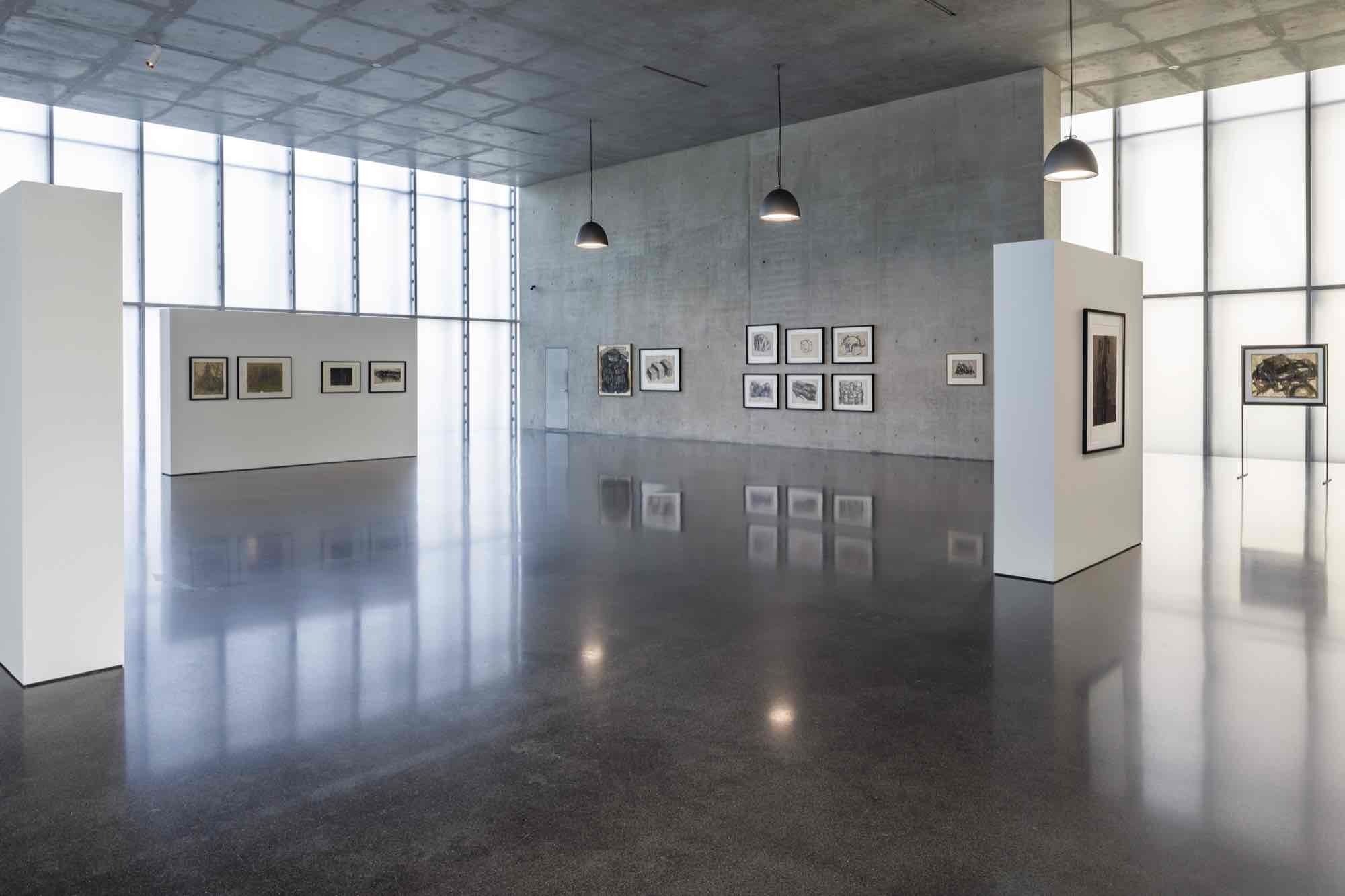
Günter Brus
Exhibition view ground floor Kunsthaus Bregenz, 2024
Photo: Markus Tretter
Courtesy of the artist
© Günter Brus, Kunsthaus Bregenz
Exhibition view ground floor Kunsthaus Bregenz, 2024
Photo: Markus Tretter
Courtesy of the artist
© Günter Brus, Kunsthaus Bregenz
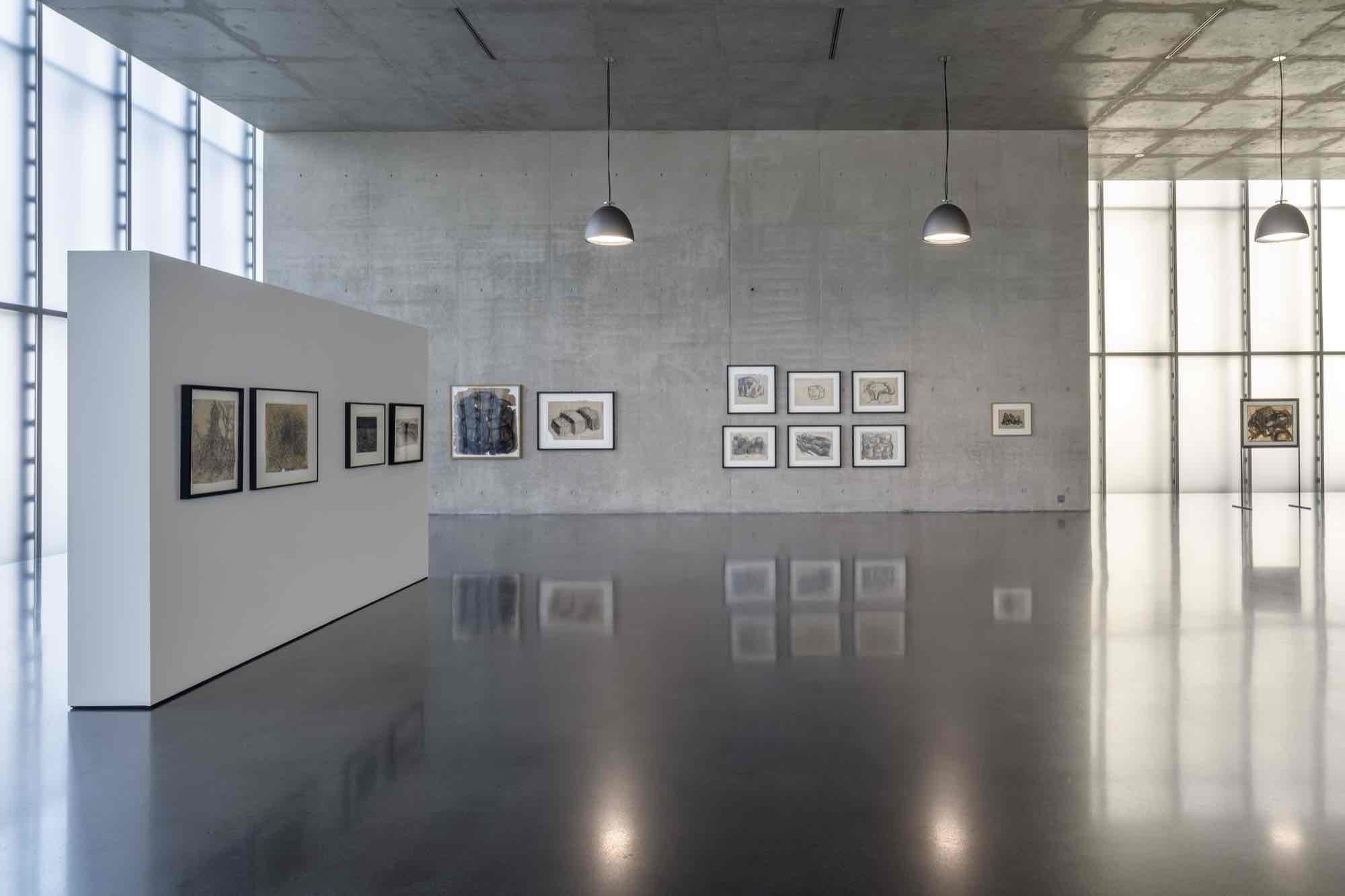
Günter Brus
Exhibition view ground floor Kunsthaus Bregenz, 2024
Photo: Markus Tretter
Courtesy of the artist
© Günter Brus, Kunsthaus Bregenz
Exhibition view ground floor Kunsthaus Bregenz, 2024
Photo: Markus Tretter
Courtesy of the artist
© Günter Brus, Kunsthaus Bregenz

Günter Brus
Exhibition view ground floor Kunsthaus Bregenz, 2024
Photo: Markus Tretter
Courtesy of the artist
© Günter Brus, Kunsthaus Bregenz
Exhibition view ground floor Kunsthaus Bregenz, 2024
Photo: Markus Tretter
Courtesy of the artist
© Günter Brus, Kunsthaus Bregenz

Günter Brus
Exhibition view ground floor Kunsthaus Bregenz, 2024
Photo: Markus Tretter
Courtesy of the artist
© Günter Brus, Kunsthaus Bregenz
Exhibition view ground floor Kunsthaus Bregenz, 2024
Photo: Markus Tretter
Courtesy of the artist
© Günter Brus, Kunsthaus Bregenz
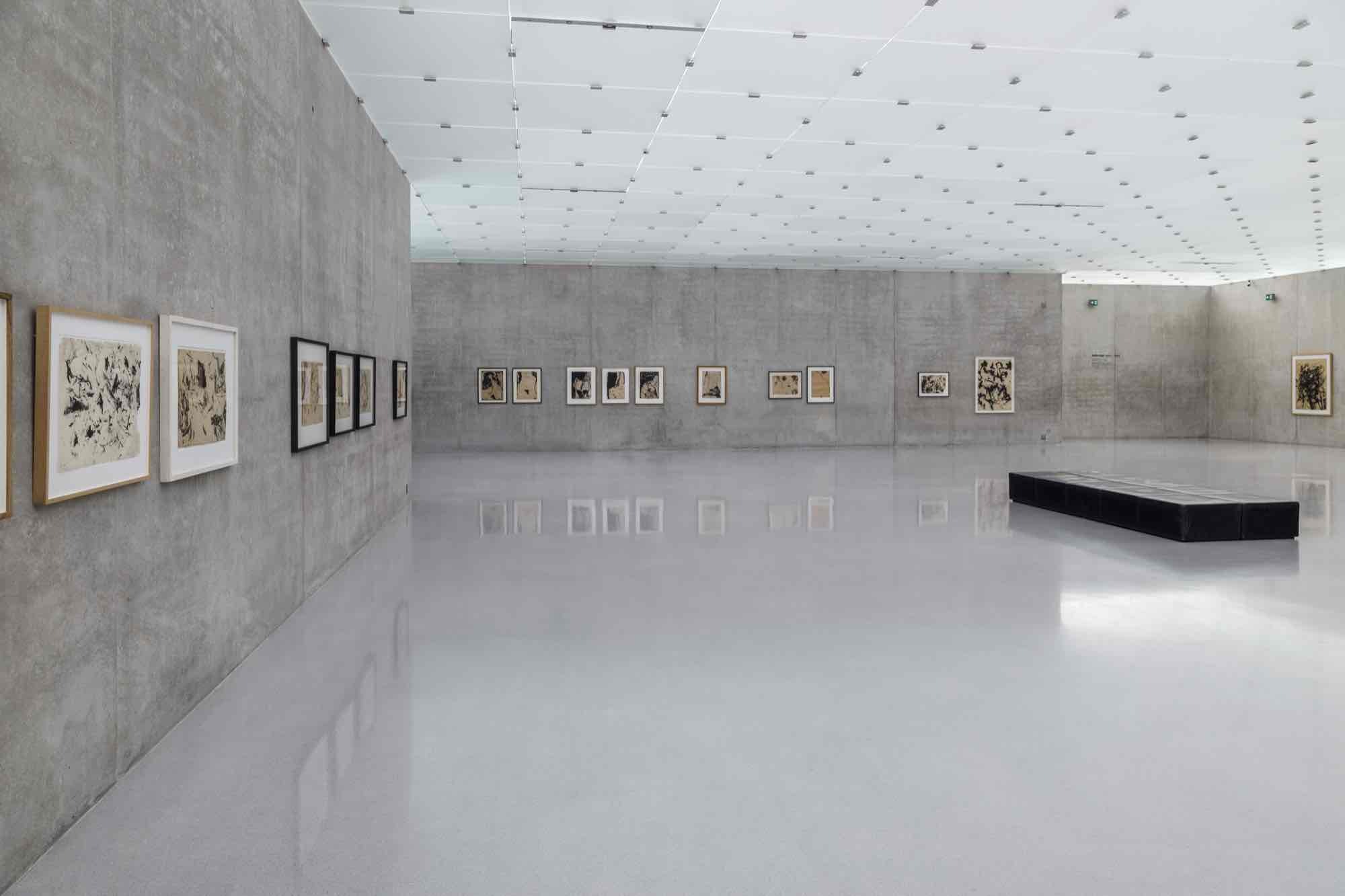
Günter Brus
Exhibition view first floor Kunsthaus Bregenz, 2024
Photo: Markus Tretter
Courtesy of the artist
© Günter Brus, Kunsthaus Bregenz
Exhibition view first floor Kunsthaus Bregenz, 2024
Photo: Markus Tretter
Courtesy of the artist
© Günter Brus, Kunsthaus Bregenz
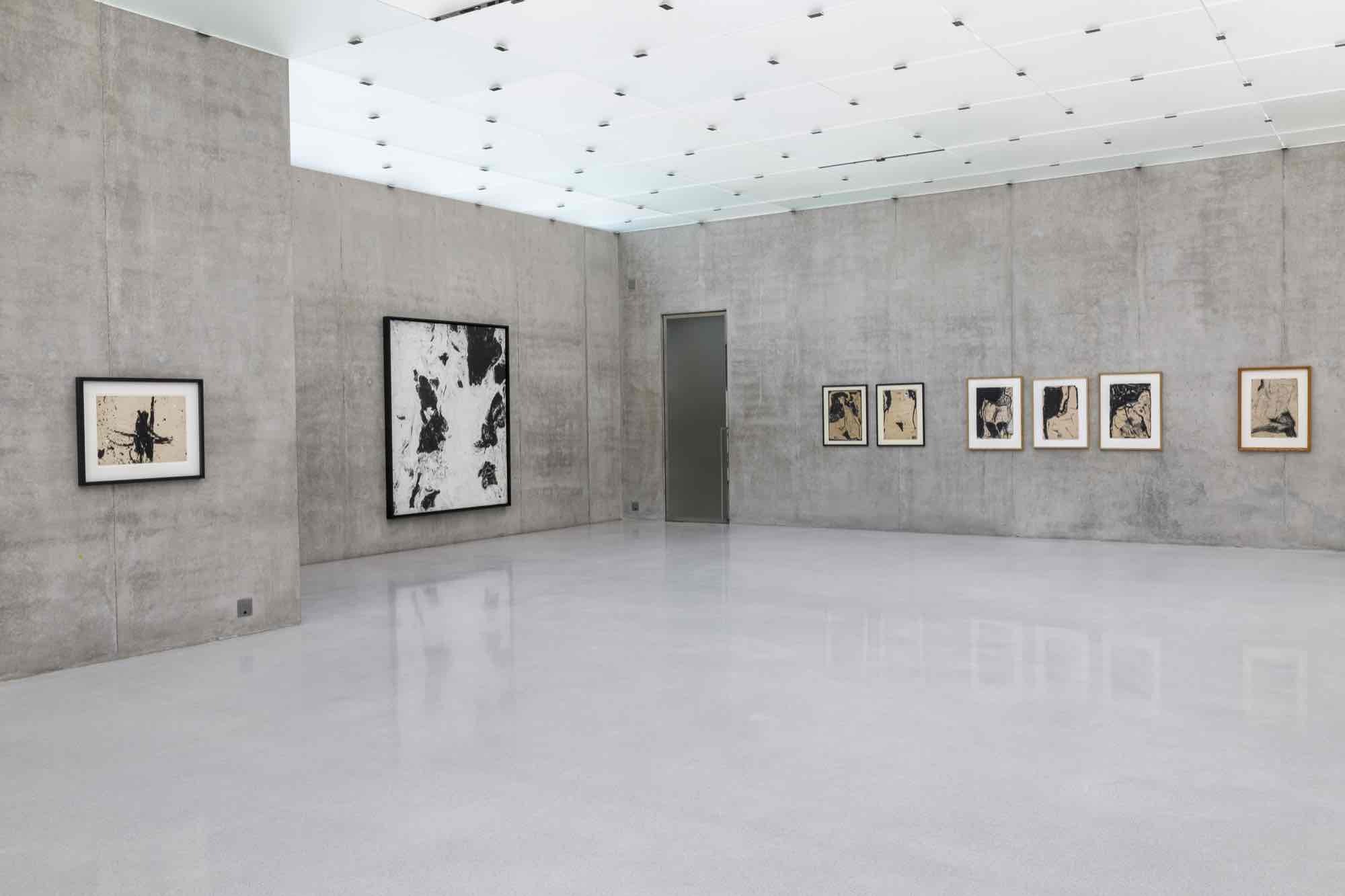
Günter Brus
Exhibition view first floor Kunsthaus Bregenz, 2024
Photo: Markus Tretter
Courtesy of the artist
© Günter Brus, Kunsthaus Bregenz
Exhibition view first floor Kunsthaus Bregenz, 2024
Photo: Markus Tretter
Courtesy of the artist
© Günter Brus, Kunsthaus Bregenz

Günter Brus
Exhibition view first floor Kunsthaus Bregenz, 2024
Photo: Markus Tretter
Courtesy of the artist
© Günter Brus, Kunsthaus Bregenz
Exhibition view first floor Kunsthaus Bregenz, 2024
Photo: Markus Tretter
Courtesy of the artist
© Günter Brus, Kunsthaus Bregenz
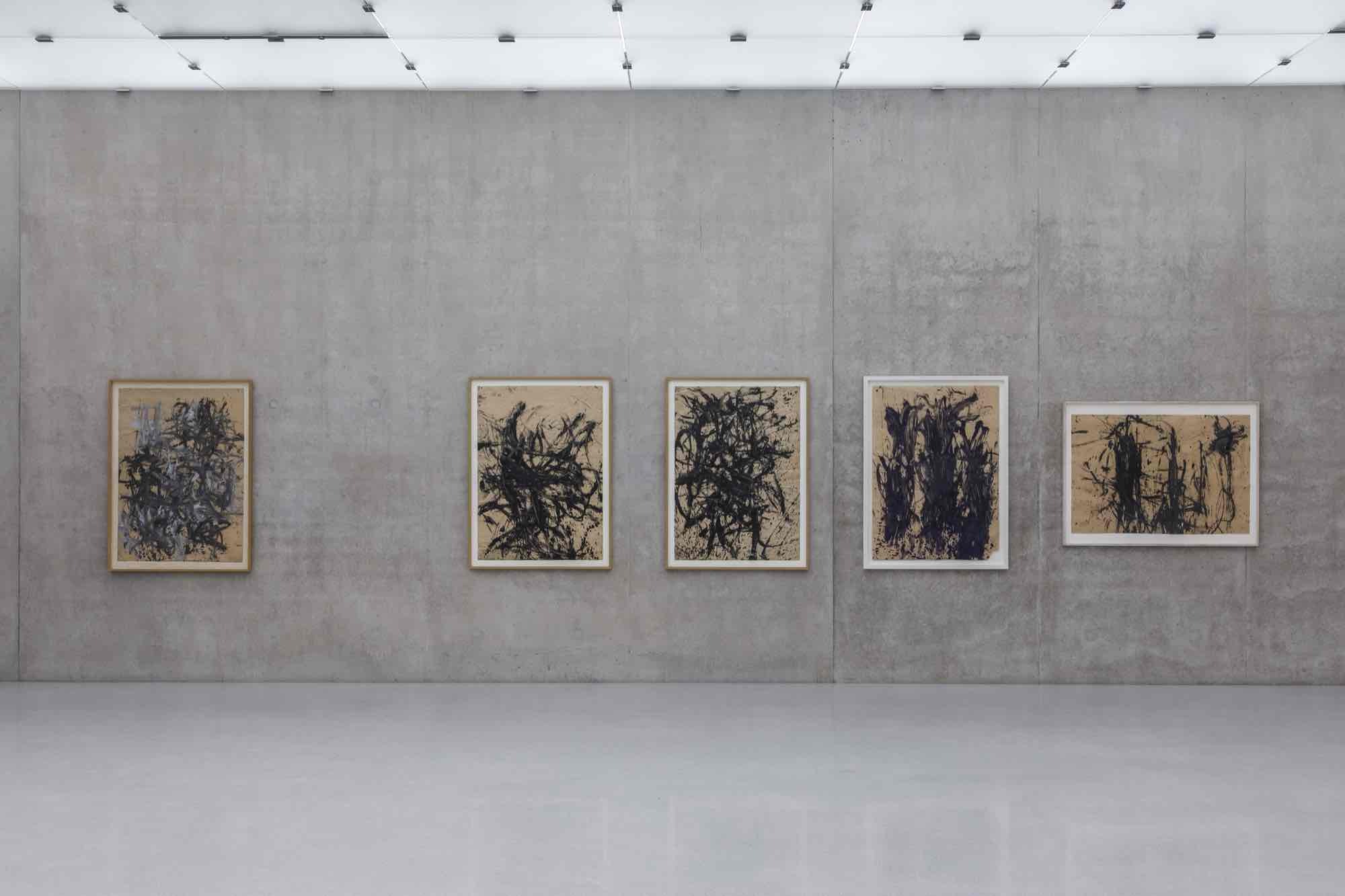
Günter Brus
Exhibition view first floor Kunsthaus Bregenz, 2024
Photo: Markus Tretter
Courtesy of the artist
© Günter Brus, Kunsthaus Bregenz
Exhibition view first floor Kunsthaus Bregenz, 2024
Photo: Markus Tretter
Courtesy of the artist
© Günter Brus, Kunsthaus Bregenz
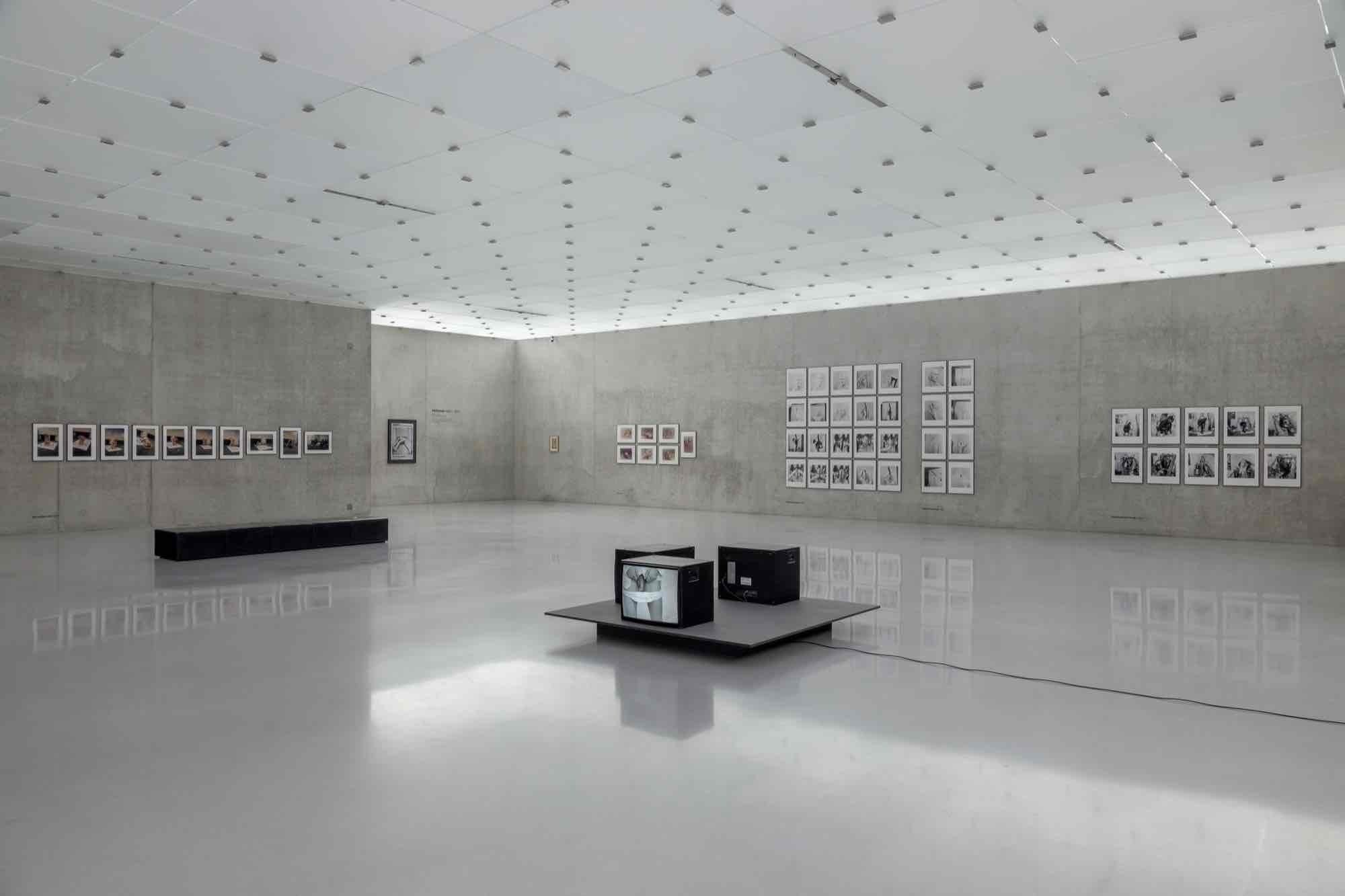
Günter Brus
Exhibition view second floor Kunsthaus Bregenz, 2024
Photo: Markus Tretter
Courtesy of the artist
© Günter Brus, Kunsthaus Bregenz
Exhibition view second floor Kunsthaus Bregenz, 2024
Photo: Markus Tretter
Courtesy of the artist
© Günter Brus, Kunsthaus Bregenz

Günter Brus
Exhibition view second floor Kunsthaus Bregenz, 2024
Photo: Markus Tretter
Courtesy of the artist
© Günter Brus, Kunsthaus Bregenz
Exhibition view second floor Kunsthaus Bregenz, 2024
Photo: Markus Tretter
Courtesy of the artist
© Günter Brus, Kunsthaus Bregenz
Günter Brus has painted himself white. He draws a black paint-soaked brush over his shaved head; eyes and mouth closed. Brus stands in front of a white canvas. Picture and painting event, motif and painter become one, at the same that time a ghostly alienation and division take place. This split is characteristic of an art that sees isolation and agony as societal symptoms. The work becomes an illustration of a present that is polarized. “Self-painting,” Brus remarked in 1965, “is a further development of painting. The picture surface has lost its function as the sole means of conveying expression. … By using my body as a means of expression, the result is an event that the camera captures and the viewer can experience.”
The exhibition at Kunsthaus Bregenz, organized with Günter Brus and in close collaboration with the BRUSEUM at the Universalmuseum Joanneum in Graz, focuses on the wild and unruly Brus. Beginning in the 1960s, Brus spent a few months on Mallorca together with the artist Alfons Schilling. There they were introduced to the painting of the New York School by American artist Joan Merritt. Inspired by the abstract works, Brus painted works on paper whose cubic forms initially appeared architectural but later condensed into nervous hatchings. Back in Vienna, he began using his brush even more violently, almost like a whip, transforming the picture from a site of creation into a space of restless gestures and psychological defense. Painting became something perceived as an aggressive act, an act of disinhibition, as an expression of twitching inner turmoil and a death impulse that forces its way into a visible form.
The explosive Informel Art paintings paved the way for the next, even more radical step: Brus himself became the image carrier. Among his best-known works from this series is the public performance Wiener Spaziergang, from 1965. In it, the artist, dressed in a suit and painted completely white, strolled through the city’s historical center. A splotchy black line ran up the center of his body from head to toe, at once a tear, a scar, and a wound. Brus was stopped by a public police officer and fined. In another performance, this time with his daughter, Diana, the artist stood as an undead plaster figure in the corner of a room. Together with his wife, Anna Brus, who collaborated on numerous performances by the Viennese Actionist, he rolled around, bandaged, in a whitewashed room. In 1970 Brus created his last performance Zerreißprobe. Here he inflicted wounds on himself with a razor blade, doused them with urine, and writhed on the floor, bleeding. A number of these performances were shot by the avant-garde filmmaker Kurt Kren (1929–98) freely, without an editing plan, using a hand-held camera. The cinematic images of the performance, which features harsh black-and-white contrasts, pass by rapidly. The subject appears almost completely disembodied in the abstraction.
The KUB exhibition also focuses attention on theBild-Dichtungen. For Kunsthaus Bregenz, Brus has selected series that deal with writers who have been artistically active themselves or have created expressive metaphors. The cycles on Emil Cioran and Victor Hugo are bleak, while the works on William Blake are narrative and multipartite.
His most recent series was created during the Covid pandemic lockdowns: colorful, fairy-tale-like scenes in watercolors and mixed technique on paper. The works depict architecture, monsters, or precarious ego states, scenes of loneliness, fear, and dark dreaminess.
The exhibition at Kunsthaus Bregenz, organized with Günter Brus and in close collaboration with the BRUSEUM at the Universalmuseum Joanneum in Graz, focuses on the wild and unruly Brus. Beginning in the 1960s, Brus spent a few months on Mallorca together with the artist Alfons Schilling. There they were introduced to the painting of the New York School by American artist Joan Merritt. Inspired by the abstract works, Brus painted works on paper whose cubic forms initially appeared architectural but later condensed into nervous hatchings. Back in Vienna, he began using his brush even more violently, almost like a whip, transforming the picture from a site of creation into a space of restless gestures and psychological defense. Painting became something perceived as an aggressive act, an act of disinhibition, as an expression of twitching inner turmoil and a death impulse that forces its way into a visible form.
The explosive Informel Art paintings paved the way for the next, even more radical step: Brus himself became the image carrier. Among his best-known works from this series is the public performance Wiener Spaziergang, from 1965. In it, the artist, dressed in a suit and painted completely white, strolled through the city’s historical center. A splotchy black line ran up the center of his body from head to toe, at once a tear, a scar, and a wound. Brus was stopped by a public police officer and fined. In another performance, this time with his daughter, Diana, the artist stood as an undead plaster figure in the corner of a room. Together with his wife, Anna Brus, who collaborated on numerous performances by the Viennese Actionist, he rolled around, bandaged, in a whitewashed room. In 1970 Brus created his last performance Zerreißprobe. Here he inflicted wounds on himself with a razor blade, doused them with urine, and writhed on the floor, bleeding. A number of these performances were shot by the avant-garde filmmaker Kurt Kren (1929–98) freely, without an editing plan, using a hand-held camera. The cinematic images of the performance, which features harsh black-and-white contrasts, pass by rapidly. The subject appears almost completely disembodied in the abstraction.
The KUB exhibition also focuses attention on theBild-Dichtungen. For Kunsthaus Bregenz, Brus has selected series that deal with writers who have been artistically active themselves or have created expressive metaphors. The cycles on Emil Cioran and Victor Hugo are bleak, while the works on William Blake are narrative and multipartite.
His most recent series was created during the Covid pandemic lockdowns: colorful, fairy-tale-like scenes in watercolors and mixed technique on paper. The works depict architecture, monsters, or precarious ego states, scenes of loneliness, fear, and dark dreaminess.
